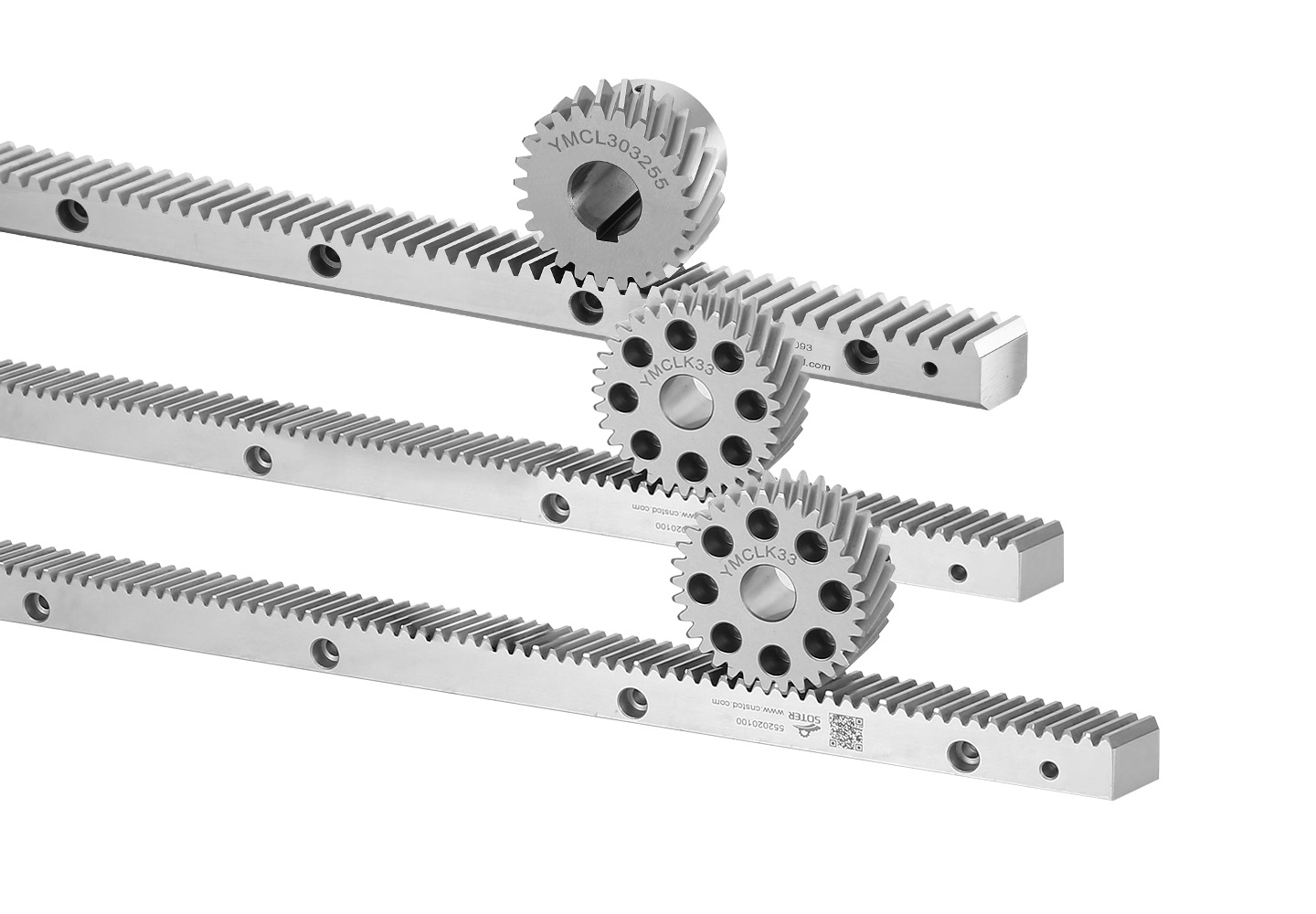Jul 18, 2025
Helical gear racks are widely used in mechanical systems that require precise linear motion, especially in scenarios involving high-speed transmission. This article explores how it performs under high-speed conditions, discussing its advantages, challenges, and factors influencing its operational reliability.

Advantages of Helical Gear Rack in High-Speed Transmission
Its design, with its angled teeth, offers significant benefits for high-speed applications. Unlike straight-tooth racks, the angled teeth of a helical gear rack engage gradually with the mating gear, resulting in smoother and quieter operation. This gradual engagement reduces the shock loads and vibration typically associated with high-speed transmission, which helps protect the mechanical components from premature wear and damage.
Additionally, the continuous tooth contact of helical gear racks distributes the load over multiple teeth simultaneously, enhancing load-carrying capacity even at high speeds. This feature makes them suitable for demanding applications such as CNC machines, robotics, and automotive steering systems, where both speed and precision are critical.
Challenges Faced by Helical Gear Racks at High Speeds
Despite their advantages, they face specific challenges when operating at high speeds. One notable issue is the generation of axial thrust forces due to the helix angle of the teeth. These forces increase with speed and must be managed carefully through the use of appropriate bearings and support structures. Failure to properly control axial loads can cause misalignment, increased wear, and eventual system failure.
Another challenge is the increased heat generation caused by friction between the mating teeth, which becomes more pronounced at high rotational speeds. Effective lubrication is essential to decrease friction, dissipate heat, and maintain consistent performance.
Material and Manufacturing Considerations for High-Speed Use
For high-speed applications, the choice of material and manufacturing precision is critical. Helical gear racks made from high-grade alloy steels with precise heat treatments tend to offer good wear resistance and strength. Precision grinding and finishing processes are used to achieve the exact tooth profile necessary for smooth, high-speed engagement.
Additionally, advanced surface treatments or coatings may be applied to reduce friction and improve corrosion resistance, further enhancing performance and longevity under demanding operating conditions.
Lubrication and Maintenance Strategies
Reliable lubrication is a key factor in ensuring the effective performance of helical gear racks at high speeds. Lubricants reduce friction, prevent overheating, and protect against wear. In some cases, specialized lubricants with high thermal stability and anti-wear additives are used to cope with the increased stresses of high-speed operation.
Regular maintenance, including inspection of wear patterns and lubrication levels, is also crucial. Monitoring system temperature and vibration can help detect early signs of problems, allowing for timely intervention before significant damage occurs.
Applications Benefiting from Helical Gear Rack in High-Speed Environments
Industries that demand fast, accurate linear motion benefit from using them. CNC machining centers rely on their smooth operation to achieve precise tool positioning at high speeds. Automated assembly lines and robotic systems are utilized for their reliability and quiet operation under rapid movements.
In automotive systems, particularly in electric power steering, helical gear racks contribute to a responsive and smooth steering feel, even at high vehicle speeds.